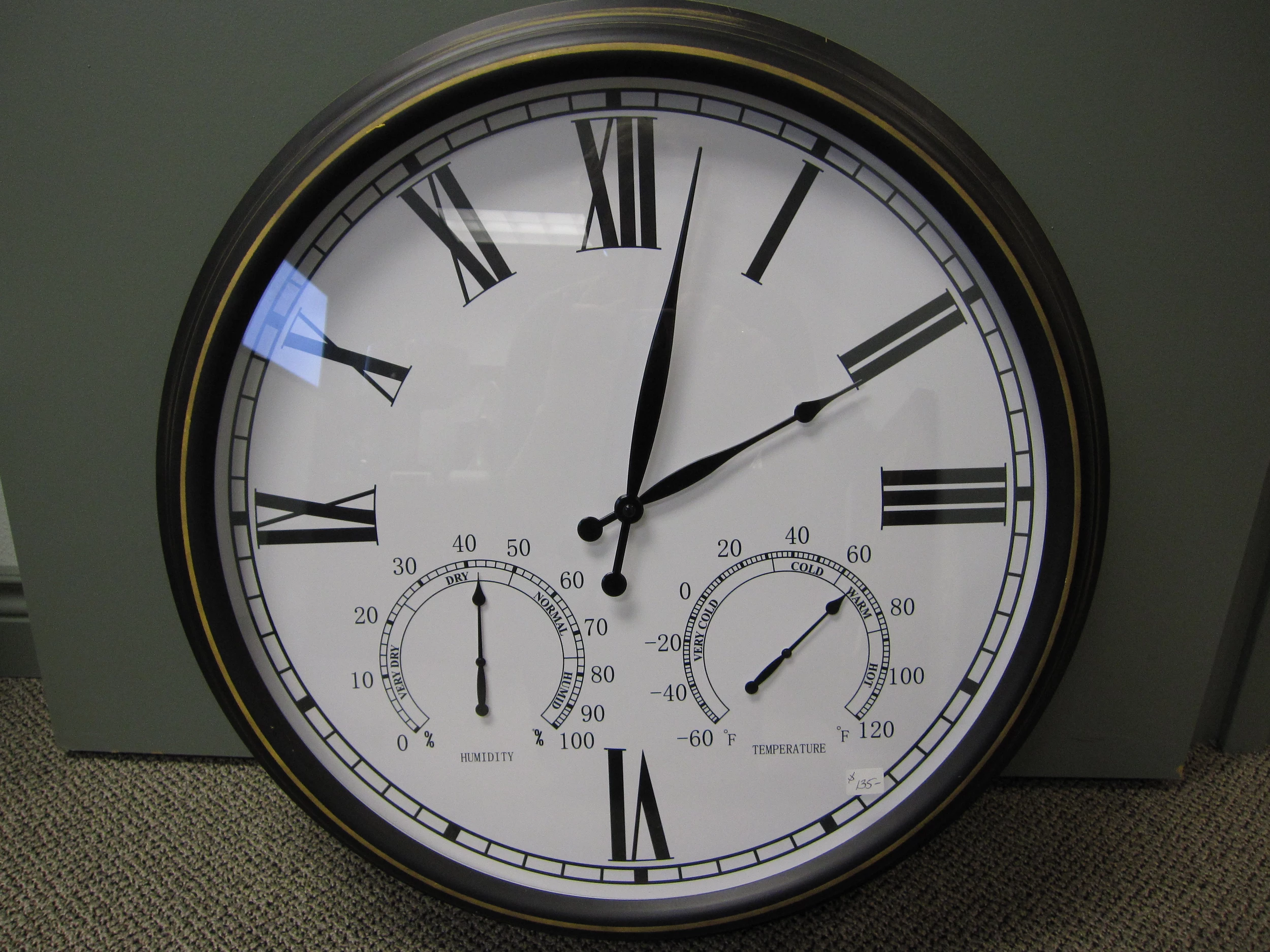

Lawmakers in Washington and several state legislatures have introduced bills to make Daylight Saving Time permanent, 19 have enacted bills or resolutions to do so, some contingent on their neighbors doing the same. The problem is which system to use, Daylight Saving Time, with an extra hour of sunlight, or Standard Time.
6 November 2022: clocks turn back at 2 amĪ poll back in 2019 found that 71 percent of Americans don’t like switching their clocks back and forth twice a year. 13 March 2022: clocks turn forward at 2 am. Part of the legislation extended Daylight Saving Time by a month, moving the time change to the second Sunday in March to the first Sunday in November. The current schedule for adjusting clocks twice a year was established under the Energy Policy Act of 2005. Not all states observe the time change and it wasn’t until 2007 the Indiana as a whole observed the change. But it wasn’t until the Uniform Time Act of 1966 that the process was coordinated across most of the US with some quirks in some places. The twice annual ritual of changing clocks dates back to the First World War. When do clocks change for Daylight Saving Time? China locks down again in the face of omicron. How many Russians and Ukrainians live in the USA?. Photo of Ukrainian girl with a lollipop and a rifle hits a nerve. Global gas prices range from ten cents to ten dollars. If you are in one of the states involved in this customary time travel, read on and find out more. Yes, so there is always the risk that you'll be late for an appointment this Sunday or Monday, but with more and more digital devices and wearables updating automatically be careful if using that as an excuse. And now, for those that observe Daylight Saving, is the time to flip forward the clocks by an hour as the days continue to get longer. Americans will give it back by “springing forward” – and turning ahead their clock – one hour next March 10.Spring and summer are in sight for those living in the United States, some of whom have had a really harsh winter. Of course, the extra hour that people will get this weekend only lasts so long. Dozens of other countries now observe some form of daylight saving as well. It became a national policy, with some tinkering, beginning in 1966. The United States didn’t adopt the practice until the 20th century – for a brief time during World War I, again during World War II and then on a state-by-state basis in the years after the war. The idea for the time change came from legendary American inventor, statesman and founding father Ben Franklin who, in a 1784 letter to a French journal, suggested that Parisians could save thousands of francs annually by waking up earlier in the summer so they wouldn’t have to buy so many candles to light the evening hours. Falling back to standard time keeps the sunrise time a little closer to what we’re accustomed to. If we didn’t set our clocks back, sunrise wouldn’t be until 8:30 a.m. 
There are studies that say moving the clock ahead one hour in the spring to start daylight saving time puts you at a higher risk for strokes and heart attacks.īut most of us really aren’t that bothered by daylight saving time at all, according to a poll from Princeton Survey Research.Īnd there are some nice things about the move to standard time in the fall, beyond getting that extra hour. Now there’s lots of debate about whether this twice-a-year time change is even worth it. (Florida lawmakers voted earlier this year to stop doing the time-change thing, but it still has to be OK’d by Congress before that takes effect there.)įor those who do change the digits on their clocks, the sun will seem to come up earlier in the morning and it set earlier at night. The territories of Guam, Puerto Rico, the US Virgin Islands and American Samoa also do not recognize the change. The change affects all those in the United States except for people in Hawaii and parts of Arizona who do not observe daylight saving time. Hey, we’re not here to judge how you use your time.

So people will get an extra hour to sleep or party or maybe go over that sample ballot before voting in Tuesday’s midterms. Sunday, in essence allowing most Americans to relive the 1 a.m. Or more specifically, time for us to move our clocks back as daylight saving time comes to an end. You know what that means: It’s time to “fall back.”







 0 kommentar(er)
0 kommentar(er)
